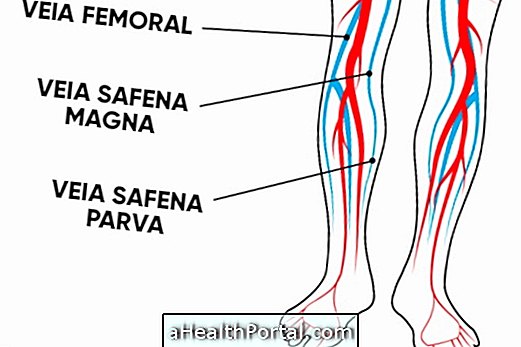Hydronephrosis may occur transiently as during pregnancy due to compression by the uterus on the ureters, but other possible causes of hydronephrosis are:
- Union of the ureter to the renal pelvis is too high;
- Torsion of the ureteropelvic junction due to a displacement of the kidney downwards;
- Localized calculi in the renal pelvis;
- Compression of the ureter by fibrous bands, by an artery or vein with anomalous location or by a tumor;
- Obstruction located below the ureteropelvic junction or the retrograde flow of urine from the bladder, due to calculi located in the ureter; tumors of the ureter or nearby;
- Ureteral stenosis as a result of a congenital defect, injury, infection, radiation therapy or exploratory surgery;
- Disorders of the muscles or nerves of the ureter or bladder;
- Formation of fibrous tissue in or around the ureter arising from surgery, radiation therapy or medications such as methylsergide;
- Ureterocele (slip from the lower end of a ureter into the bladder);
- Cancers of the bladder, cervix, uterus, prostate or other pelvic organs;
- Severe urinary tract infection, which temporarily prevents the ureter from constricting.
In the case of hydronephrosis caused by pregnancy, hormonal changes during pregnancy may aggravate the problem by reducing the muscle contractions of the ureters that normally move the urine to the bladder, but this type of hydronephrosis usually ends at the end of gestation.

























